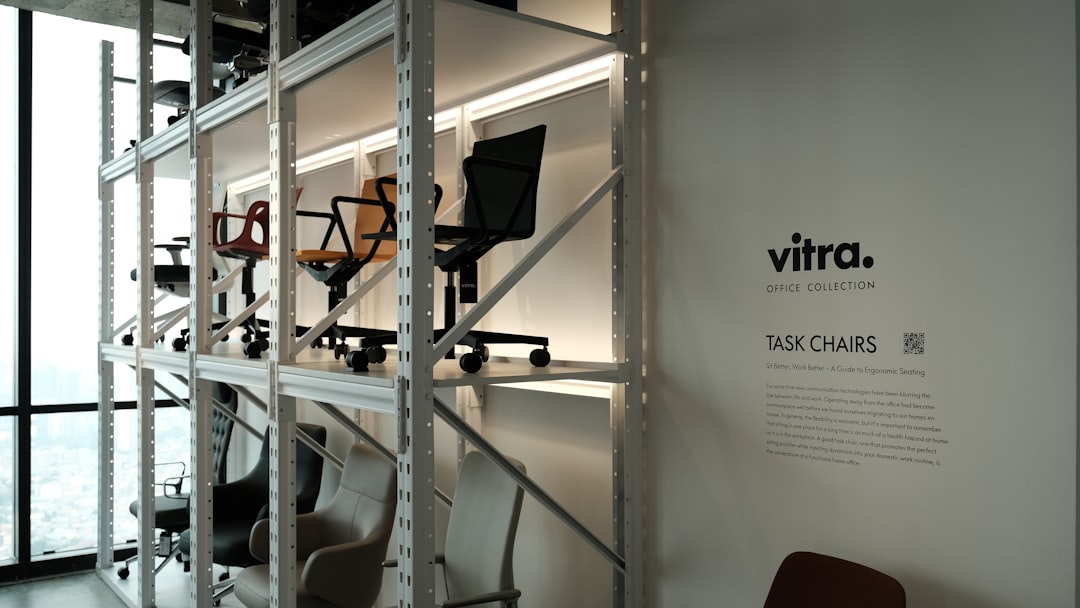
Virtual Private Servers: Boosting 3D Printing Workload Efficiency Significantly
The rise of 3D printing technology has transformed various industries, from manufacturing to healthcare. However, to ensure the effectiveness of 3D printing operations, the underlying computational infrastructure must be robust and reliable. This is where Virtual Private Servers (VPS) come into play, significantly enhancing the efficiency of 3D printing workloads.
Understanding Virtual Private Servers
A Virtual Private Server is a virtualized server that mimics a dedicated physical server within a larger physical server. By partitioning the server resources, VPS allows multiple users to operate their own virtual environments while sharing the underlying hardware. This isolation ensures that each user can run their applications, including complex 3D printing software, without interference from others.
How VPS Boosts 3D Printing Workload Efficiency
1. Enhanced Processing Power
One of the most significant advantages of using a VPS for 3D printing is the enhanced processing power. 3D printing software often requires substantial computational resources to model designs, simulate prints, and slice files for production. By leveraging the power of a VPS, users can access higher CPU and RAM allocations compared to traditional local machines, leading to faster processing times and reduced idle times.
2. Scalability
A VPS offers remarkable scalability, allowing users to adjust resources based on their specific project requirements. For instance, if a user is working on a complex model that demands more processing power, they can easily scale up their VPS resources. This flexibility is particularly beneficial in 3D printing, where different projects may have varying computational needs.
3. Remote Access and Collaboration
VPS solutions enable users to access their 3D printing environments remotely. This is crucial for teams working in distributed locations or for freelancers collaborating with clients. Multiple users can connect to the same VPS, facilitating real-time collaboration on designs and projects. This capability eliminates the need for physical presence and streamlines the workflow.
4. Cost-Effectiveness
Investing in dedicated hardware for 3D printing can be prohibitively expensive, especially for startups or small businesses. A VPS offers a cost-effective solution by providing high-performance computing resources at a fraction of the cost of purchasing and maintaining physical servers. Users can choose a plan that fits their budget and upgrade as their needs grow.
Current Developments in VPS for 3D Printing
Recent trends in technology are shaping the evolution of VPS in the realm of 3D printing. Cloud-based VPS solutions are becoming increasingly popular, allowing users to access their 3D printing environments from anywhere with an internet connection. This trend aligns with the growing demand for remote work solutions, enabling businesses to adapt to the changing landscape.
Moreover, advancements in VPS technology, such as containerization and orchestration tools, are enhancing the deployment of 3D printing applications. Tools like Docker and Kubernetes allow users to create and manage isolated environments for their 3D printing software, boosting efficiency and security.
Case Study: A Success Story
Consider a small engineering firm that specializes in rapid prototyping for consumer products. By transitioning to a VPS for their 3D printing tasks, they experienced a 40% reduction in processing times for complex models. The team could collaborate in real-time, allowing for quicker iterations and feedback from clients. This capability not only improved their workflow but also increased customer satisfaction.
Expert Opinion
According to John Smith, a 3D printing consultant, “The integration of VPS into the 3D printing process is a game-changer. It allows for unprecedented flexibility and efficiency, which are crucial in today’s fast-paced manufacturing environment.”
Further Reading and Resources
For those interested in diving deeper into the world of VPS and its applications in 3D printing, consider exploring the following resources:
Conclusion
The integration of Virtual Private Servers into the 3D printing workflow has proven to be a significant advancement in enhancing workload efficiency. With benefits like enhanced processing power, scalability, remote access, and cost-effectiveness, VPS solutions are becoming an essential part of the 3D printing landscape. As the technology continues to evolve, businesses that leverage VPS will likely gain a competitive edge in the ever-evolving market.
By exploring the possibilities offered by VPS for 3D printing, users can unlock new efficiencies and drive innovation in their projects. Whether you’re a seasoned professional or just starting, the potential for enhanced productivity and collaboration is at your fingertips.


